Here's What NBA Superstars Can Do To Help End Cannabis Stigma
Here's What NBA Superstars Can Do To Help End Cannabis Stigma
In mid-August news broke that National Basketball Association (NBA) superstar Kevin Durant had struck a deal with cannabis technology company Weedmaps.
The deal was described as a ‘strategic partnership’ by the parties involved, and that one of the main goals of the multi-year agreement is to ‘deconstruct the negative stereotypes’ regarding cannabis and sports.
It’s no secret that many professional sports leagues have taken a harsh stance against players consuming cannabis, including and especially the NBA.
The NBA has punished numerous players for failing cannabis tests and/or getting caught with cannabis away from their teams, as well as subsequently smearing those players in the media, and that has clearly added to cannabis’s stigma in professional sports.
One of the most noteworthy recipients of such punishments and smearing was my close friend Clifford ‘Uncle Cliffy’ Robinson (rest in peace).
Clifford played in the NBA for 18 seasons and racked up numerous accomplishments along the way. He was the ‘Sixth Man of the Year’ in 1993, an All-Star in 1994, and was selected to the All-Defensive Team two times later in his career. Uncle Cliffy is the only NBA player to rack up over 1,400 steals, over 1,350 blocks, and over 1,250 three-pointers. Clifford rarely missed games, and currently ranks 13th overall in NBA history for most games played.
Yet, despite all of those accomplishments, to many NBA fans, Clifford will forever be known as ‘that pothead.’ To be clear, my friend was never shy or ashamed about his cannabis use and never showed up to practice or games under the influence.
However, Robinson could never understand why he was so often measured by the nanograms of THC in his bodily fluids rather than what he did on the court. He was likely not alone among NBA players penalized for cannabis and confused by the perplexity of this stigma-driven dynamic.
Evolving NBA Cannabis Policy
Fortunately for current NBA players, league cannabis policy is trending in the right direction and Durant’s cannabis deal with Weedmaps is the latest evidence of that.
It wasn’t that long ago when an active NBA player signing a deal with a cannabis company, even an ancillary company, would have been frowned upon by the league and the deal likely prevented out of a perceived fear regarding what it could do to the NBA’s reputation.
However, times are changing. Currently the NBA does not randomly test its players for cannabis use. That temporary policy was first instituted at the end of the 2019-2020 season as the pandemic was ramping up and the NBA went to a ‘bubble’ league model. Citing the ongoing pandemic, the NBA agreed with the National Basketball Player’s Association to continue that temporary policy through the 2020-2021 season. It’s obviously a good move by the NBA, however, it doesn’t go far enough.
The NBA has not conducted a random test on any of its players to detect cannabis use for quite a while now, and clearly there’s no negative impact on the league or its players. Not only does that serve as justification for the NBA making the policy permanent, it also demonstrates that the league could have refrained from testing this whole time and that the sky would have still remained intact over NBA arenas.
Reducing Stigma Requires Apologizing For the Past
Kevin Durant’s recent cannabis industry deal is significant being that he is an active player and a superstar at that; it will help reduce stigma with cannabis and the NBA.
However, there will always be some amount of stigma as long as the NBA does not atone for its sins of the past.
Even if the NBA permanently removed cannabis from its banned substance list like some other leagues have already done, there would still be stigma.
Back in 2017, retired (1984-2014) NBA Commissioner David Stern stated that cannabis should be removed from the league’s banned substance list, citing a ‘shifting public attitude towards cannabis.’
Stern had previously justified cannabis prohibition in the NBA citing ‘player health and safety’ and ‘perception of the league.’ At no point did David Stern state that league cannabis policy should change because it was harmful, and that the league’s policy was based on political opinion and not actual science.
Allowing current players to strike deals in the cannabis industry is a great thing. If cannabis policy permanently changes in the NBA that will be an even greater great thing.
However, neither of those things will end the stigma regarding cannabis and the NBA unless coupled with an unequivocal, sincere apology from the NBA to players that were subjected to the league’s harmful cannabis policy, which has been in place for many decades.
Anything short of that level of apology from the NBA will result in two categories of NBA players – current players that are not subjected to stigma, and former players that will forever be subjected to stigma.
Obviously, the NBA is not going to take it upon themselves to make such an apology. Instead, it will take active and retired players demanding it, and the players who are benefitting from the legal industry need to be the ones that lead the effort.
Anything short of that happening, and there will always be cannabis stigma associated with professional sports to some degree, including and especially in the NBA.
Are you still missing out on The Bluntness newsletter? Sign Up today to stay in the loop.
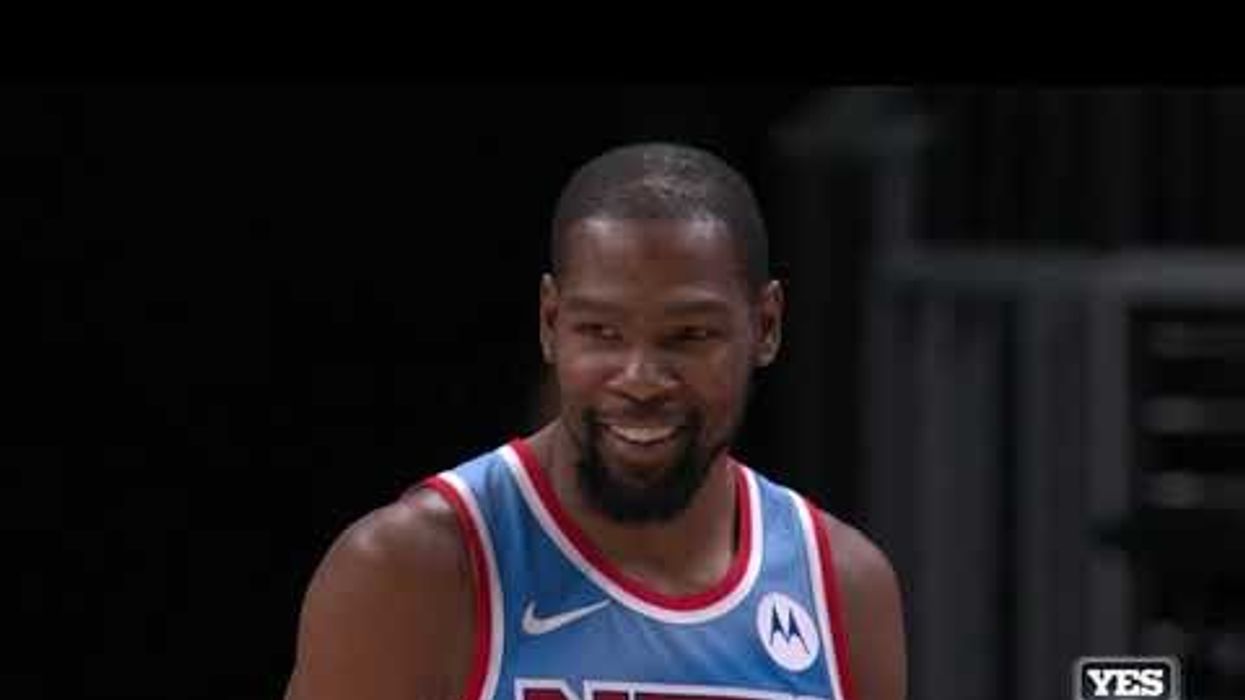

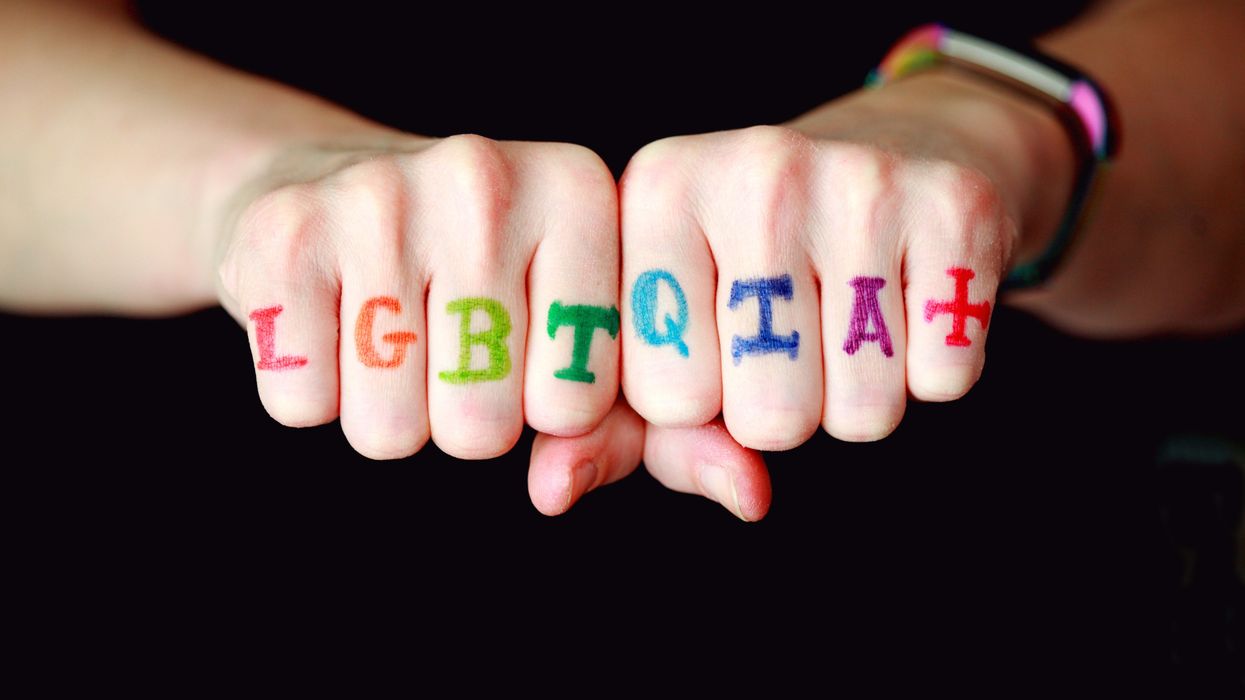
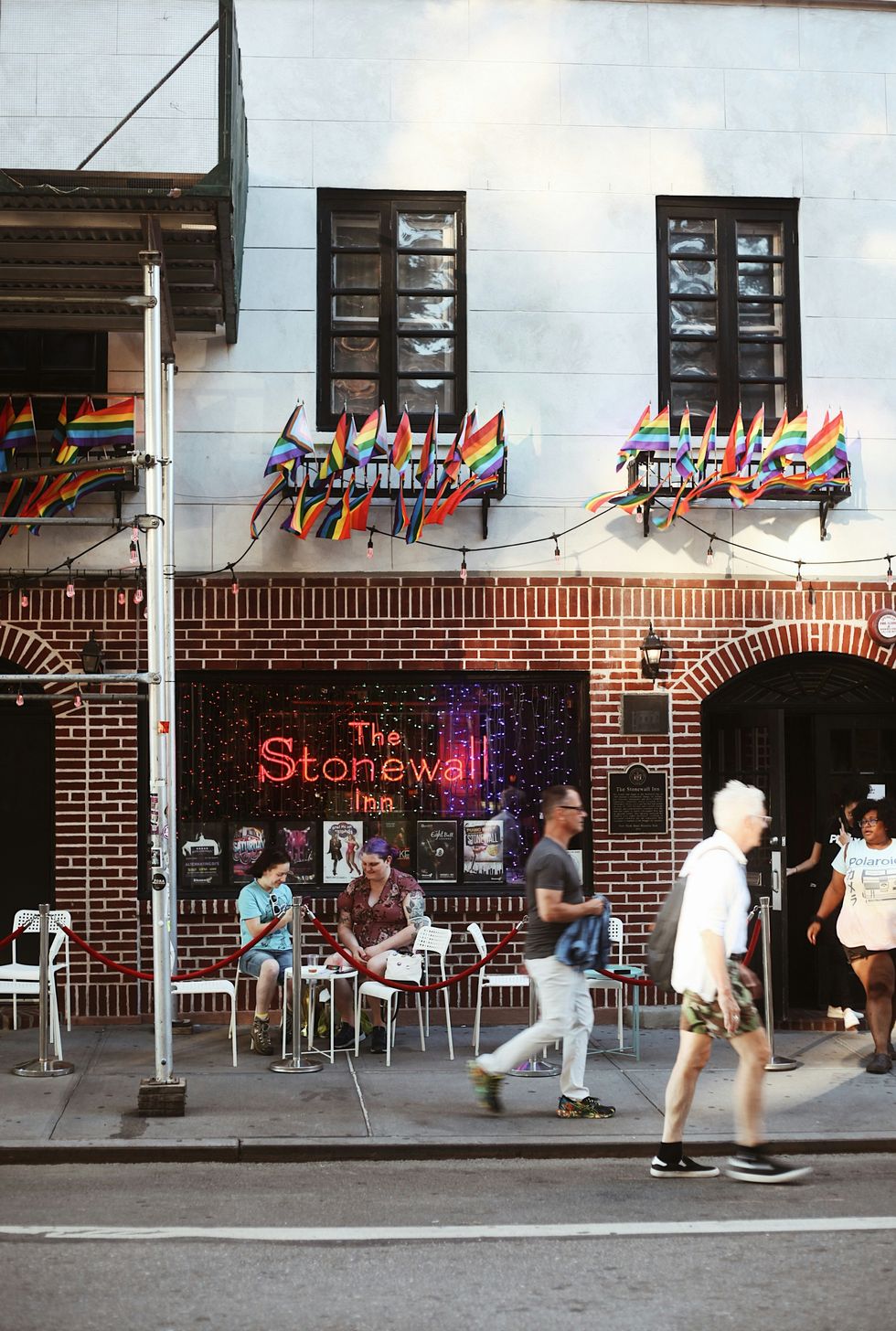 From Stonewall to Street Activism: The Rise of LGBTQ+ Advocacy - The Bluntness Photo by
From Stonewall to Street Activism: The Rise of LGBTQ+ Advocacy - The Bluntness Photo by 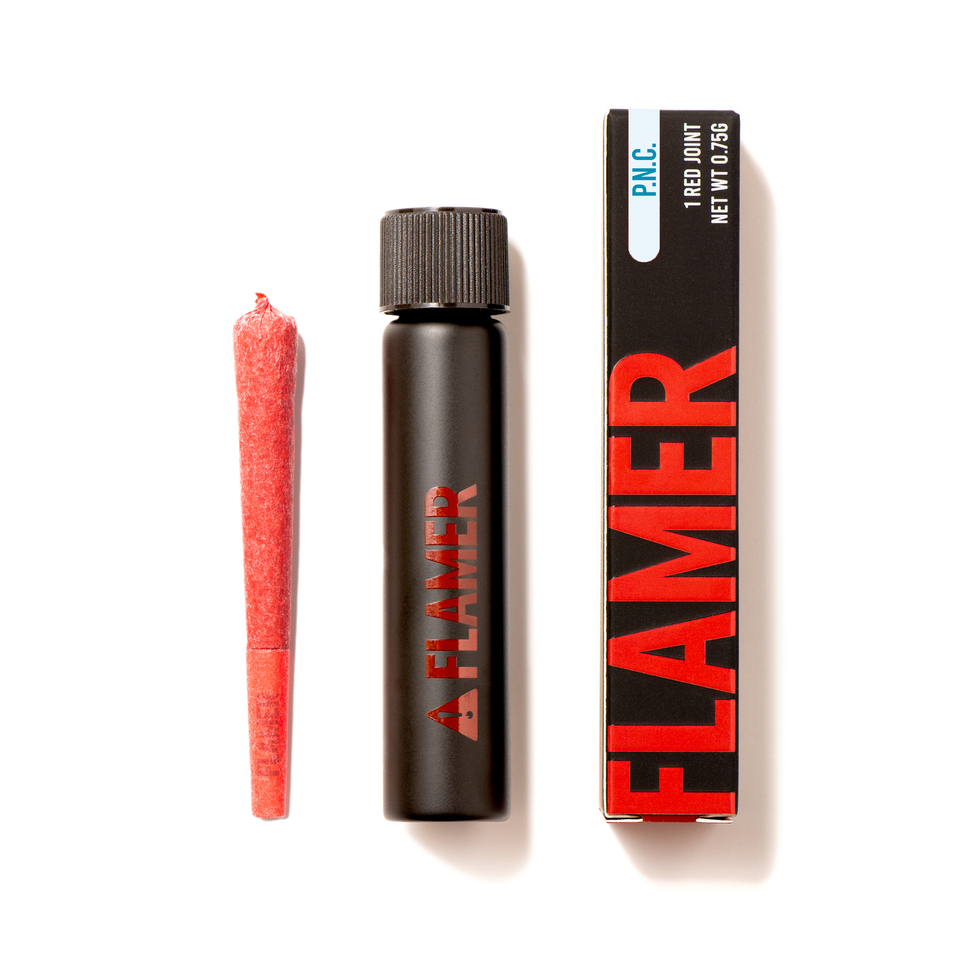
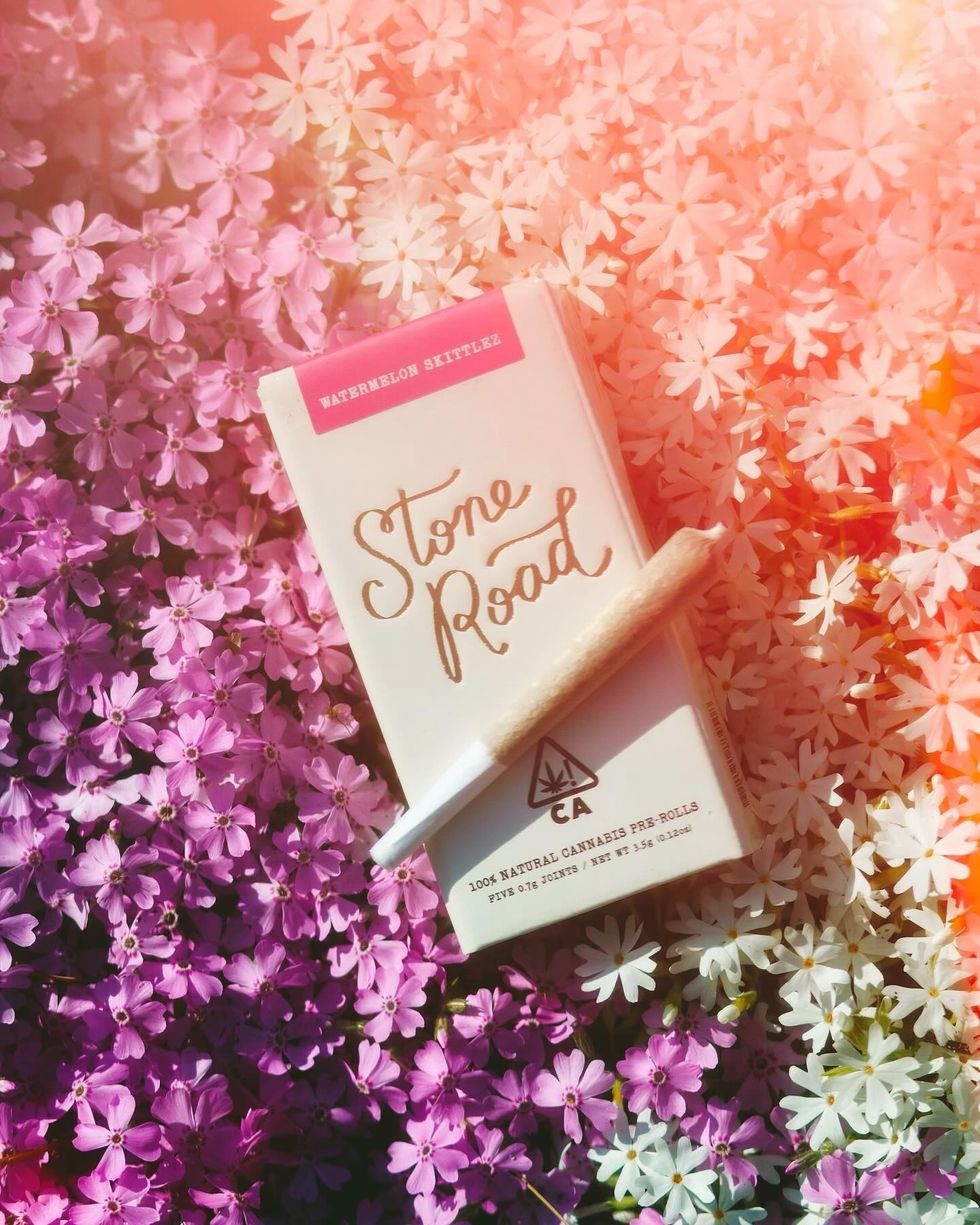
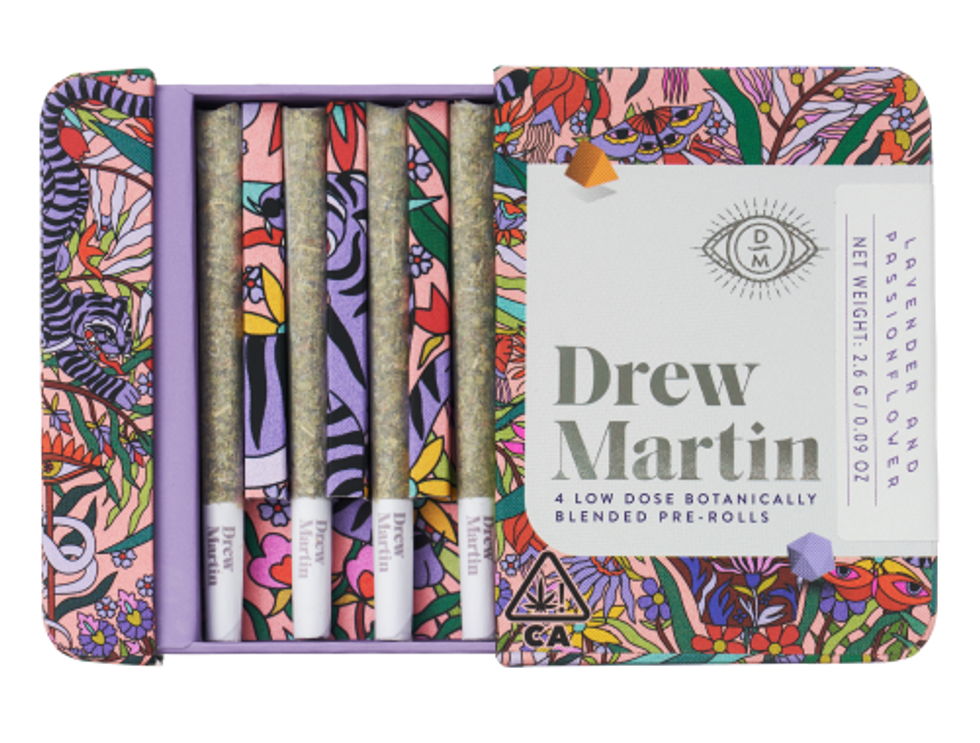
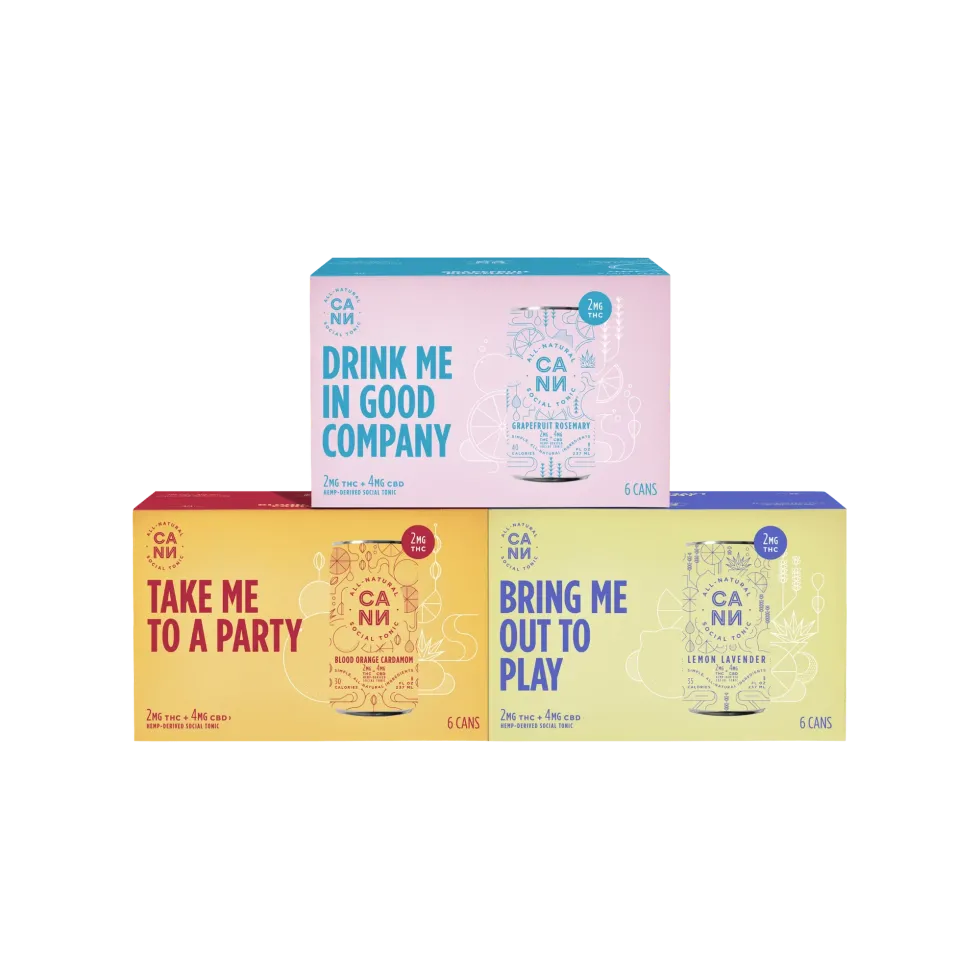

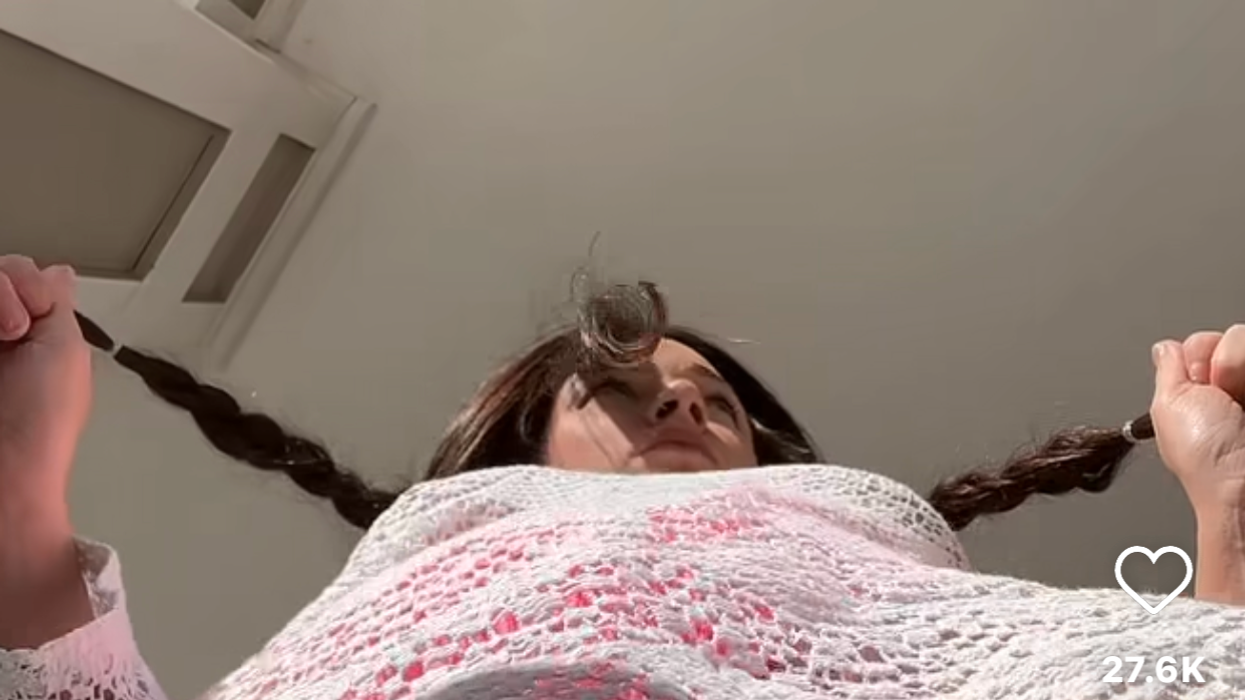
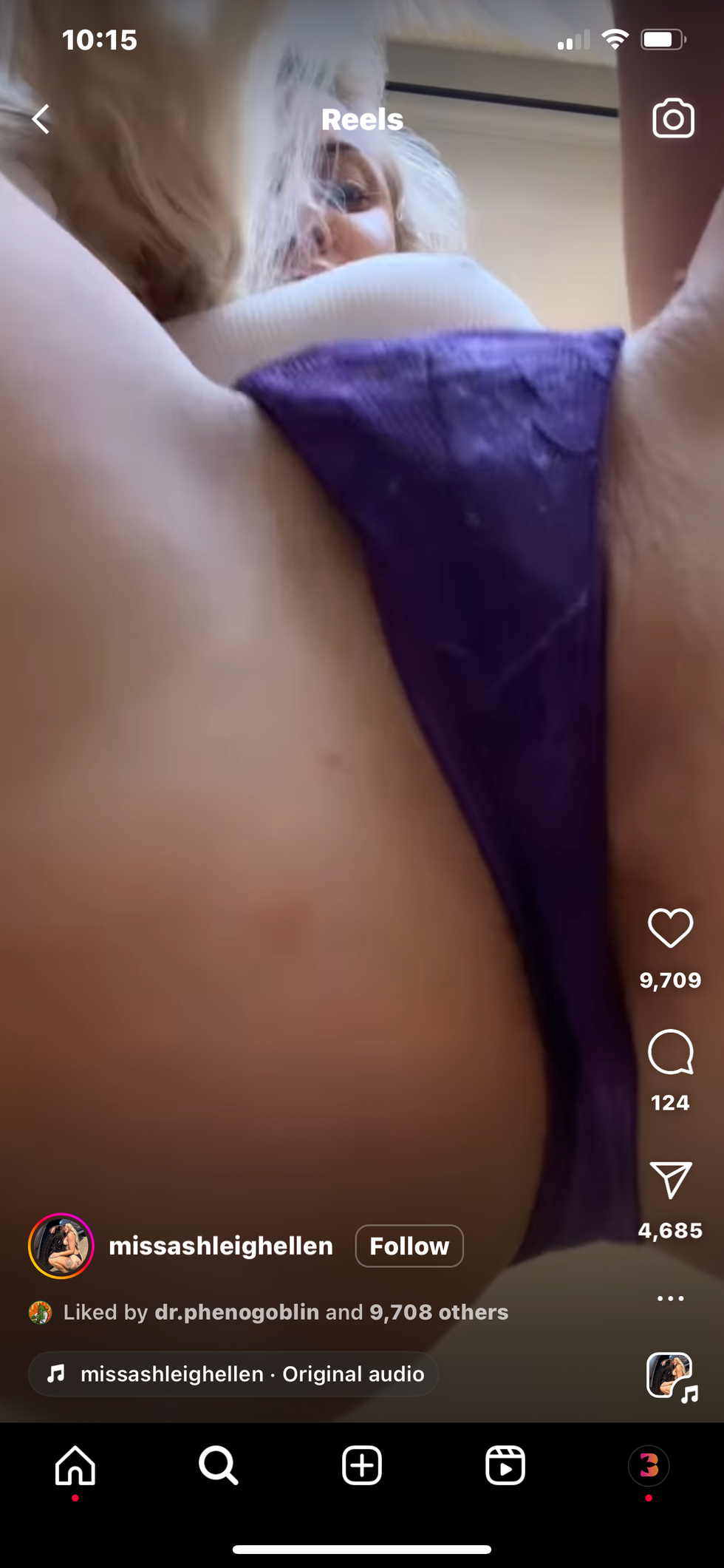 Example of sexually suggestive content that's rampant on our Instagram feeds and under Explore sections.
Example of sexually suggestive content that's rampant on our Instagram feeds and under Explore sections. 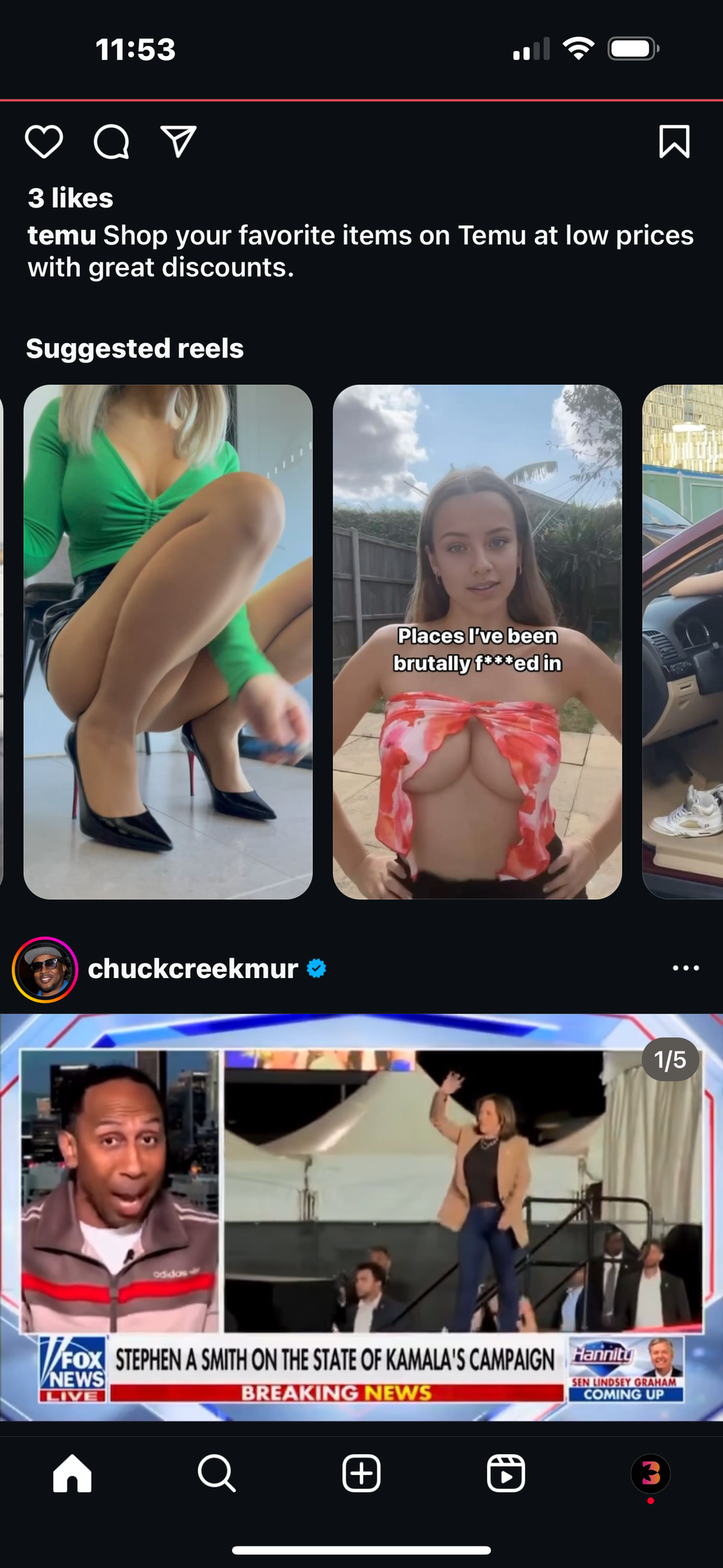 Examples of sexually suggestive content that's rampant on our Instagram feeds and under Explore sections.
Examples of sexually suggestive content that's rampant on our Instagram feeds and under Explore sections. 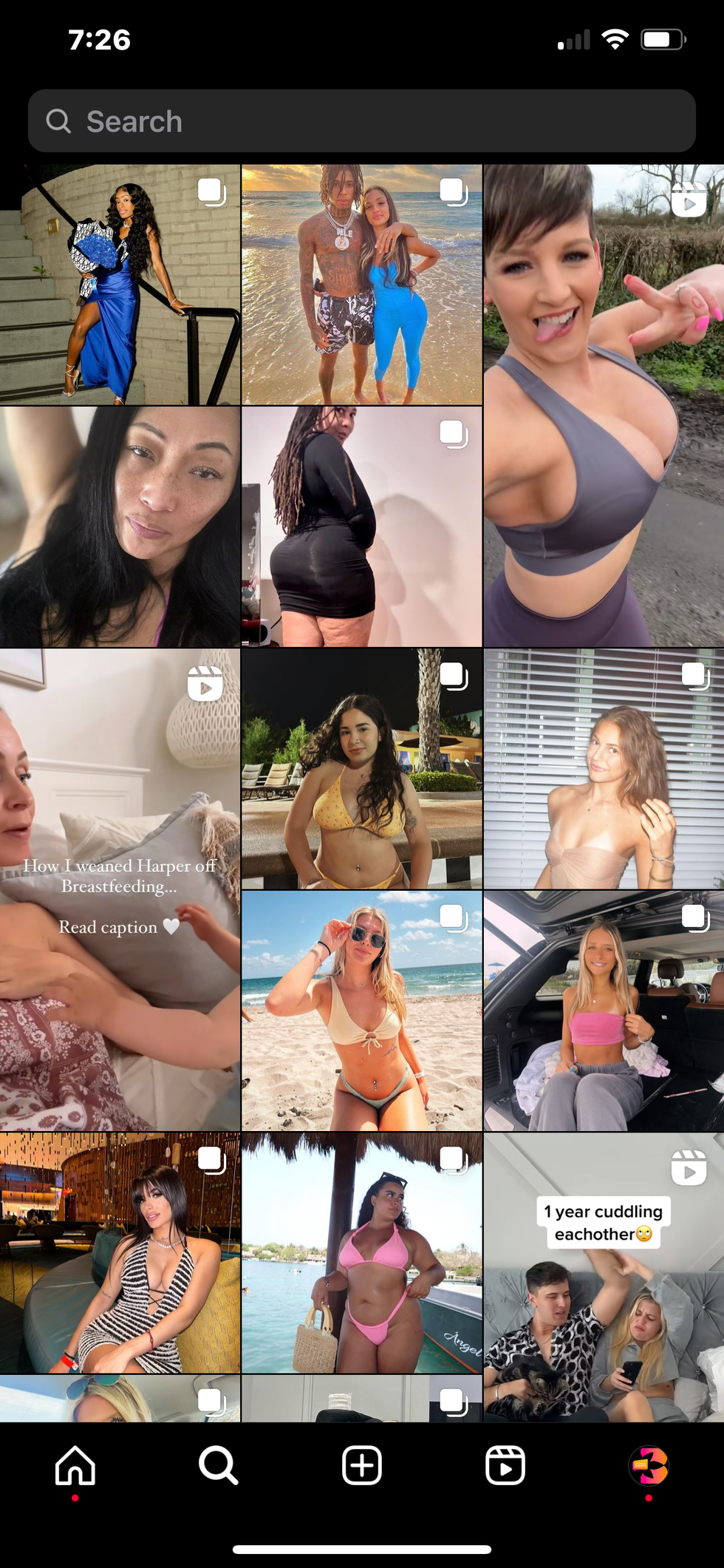
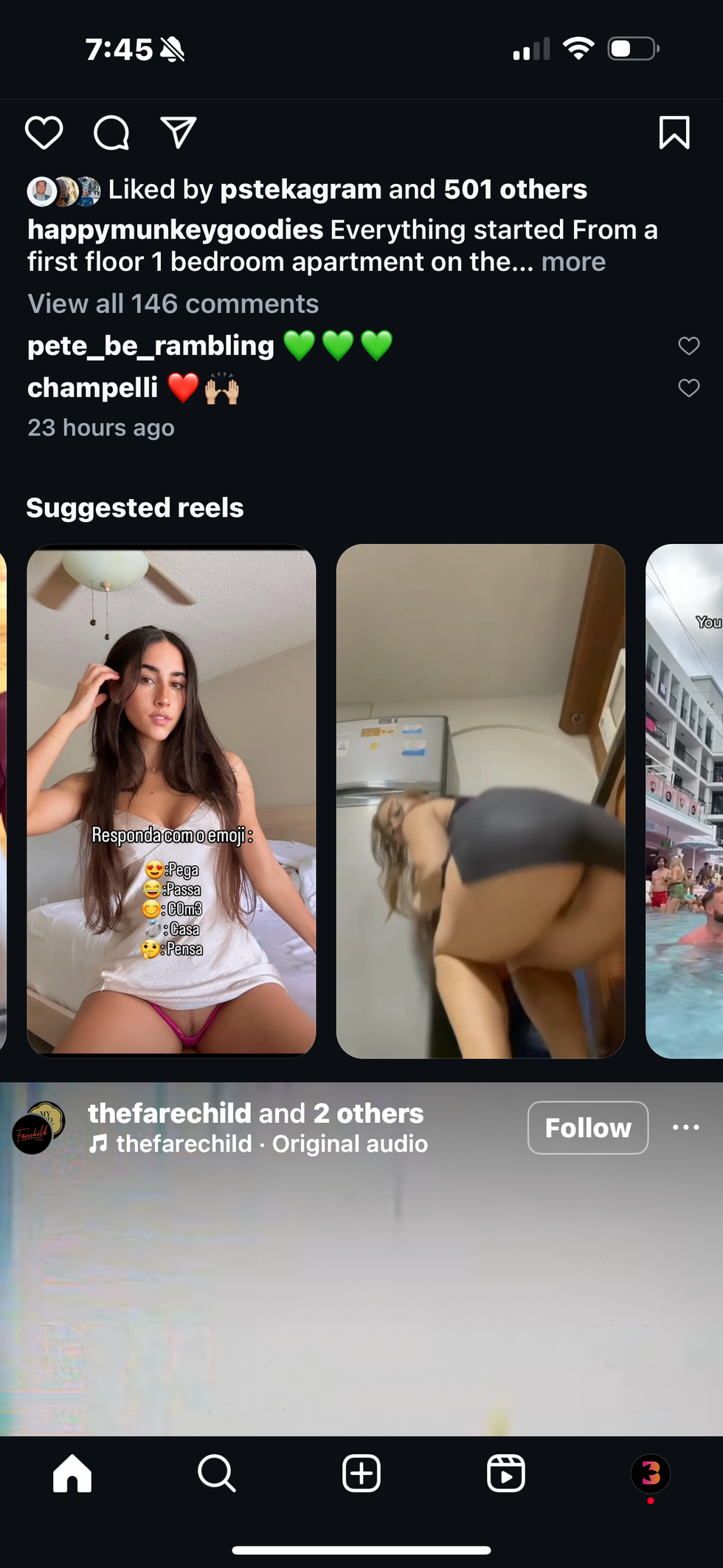
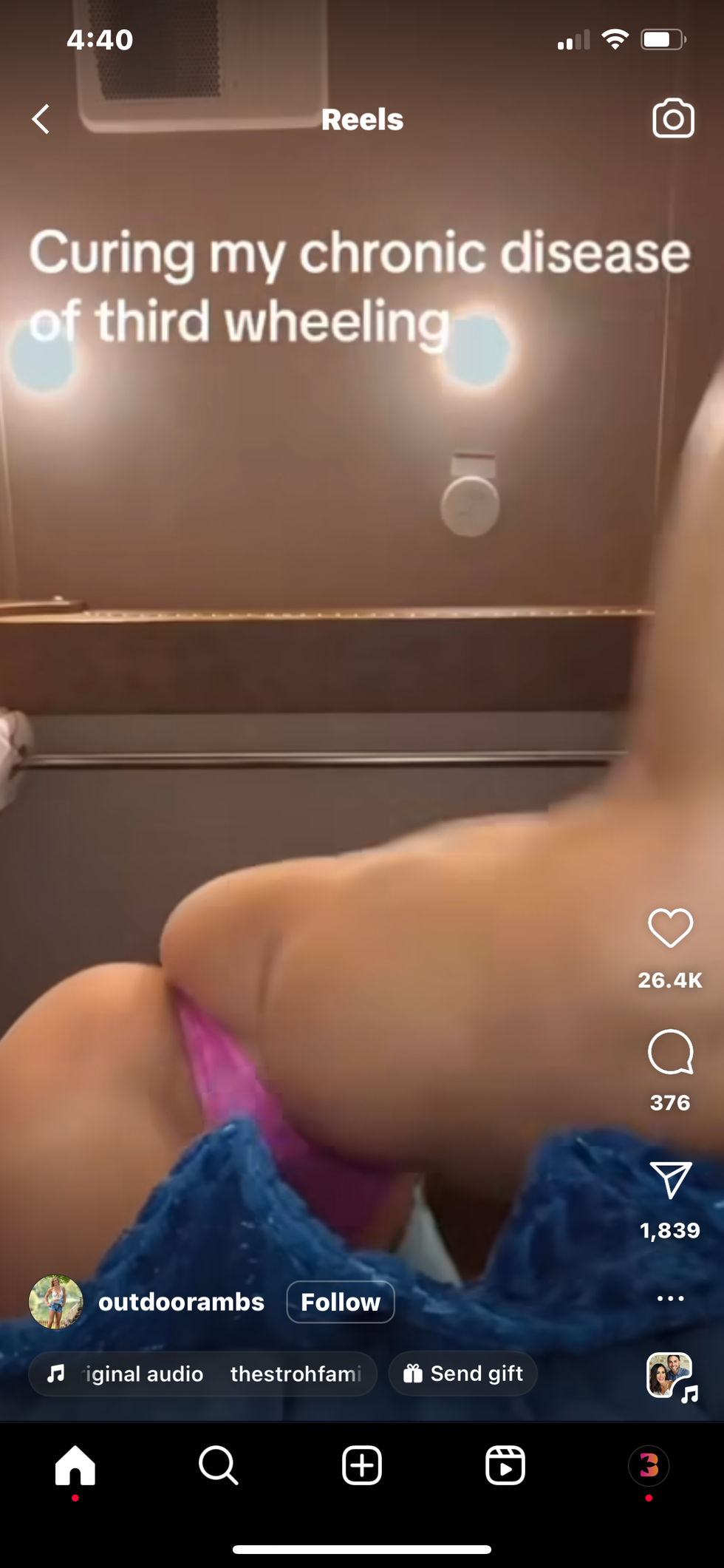
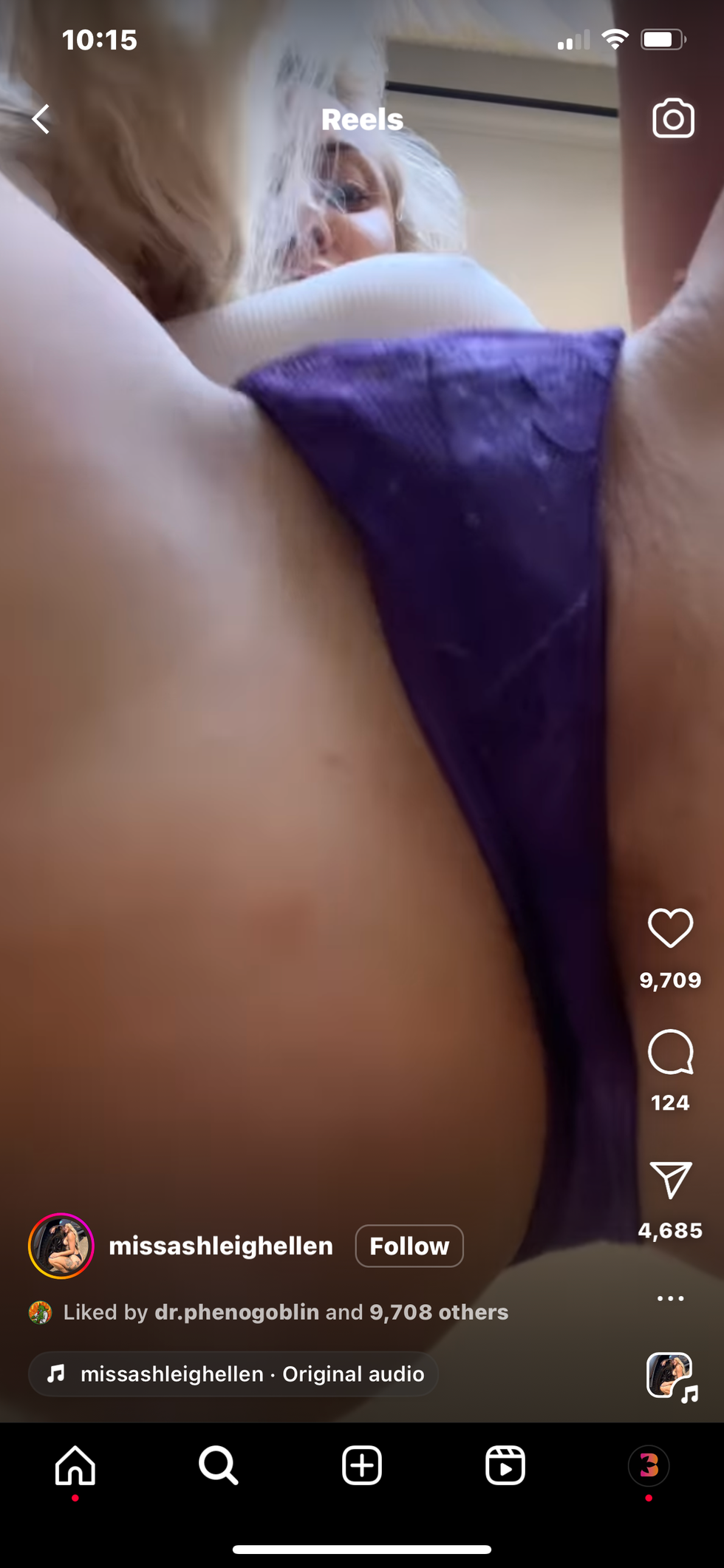
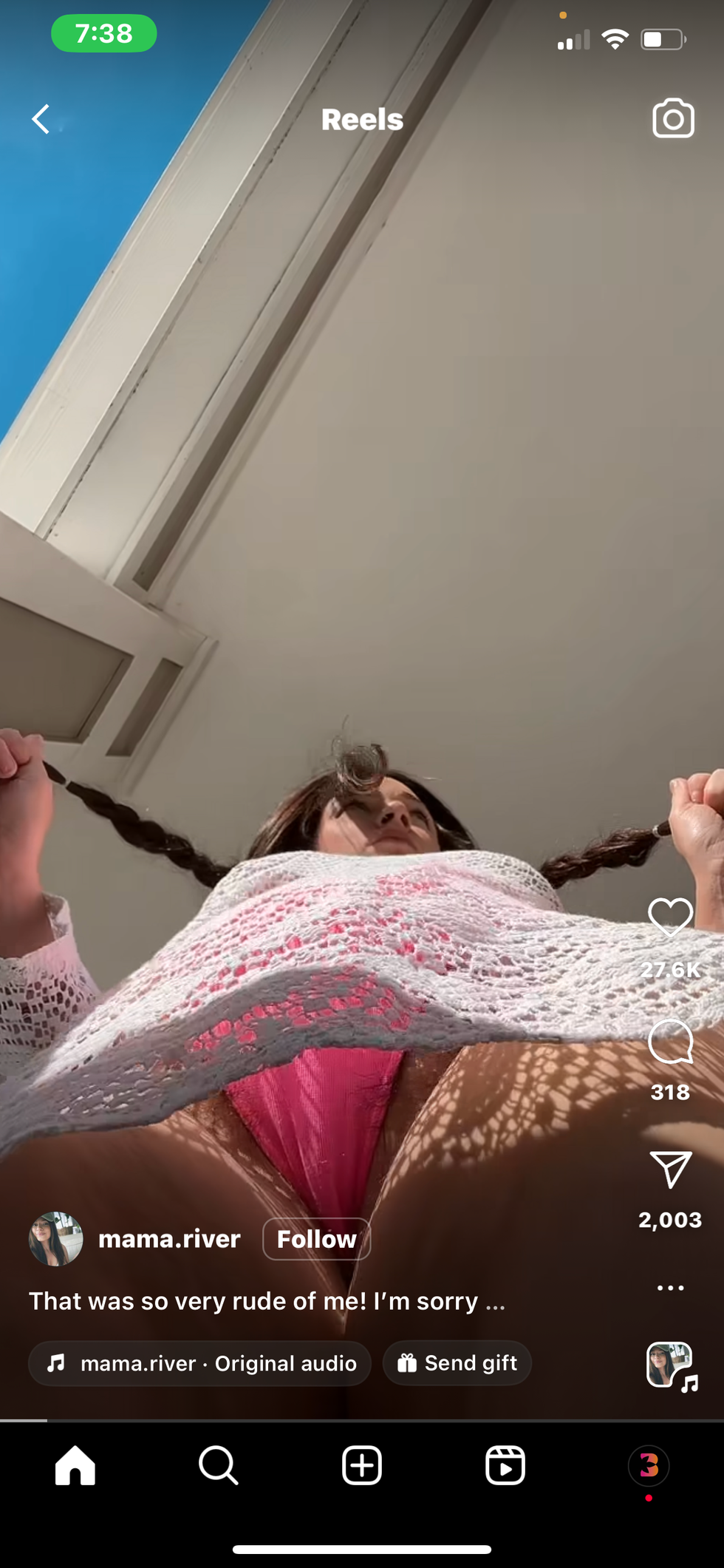
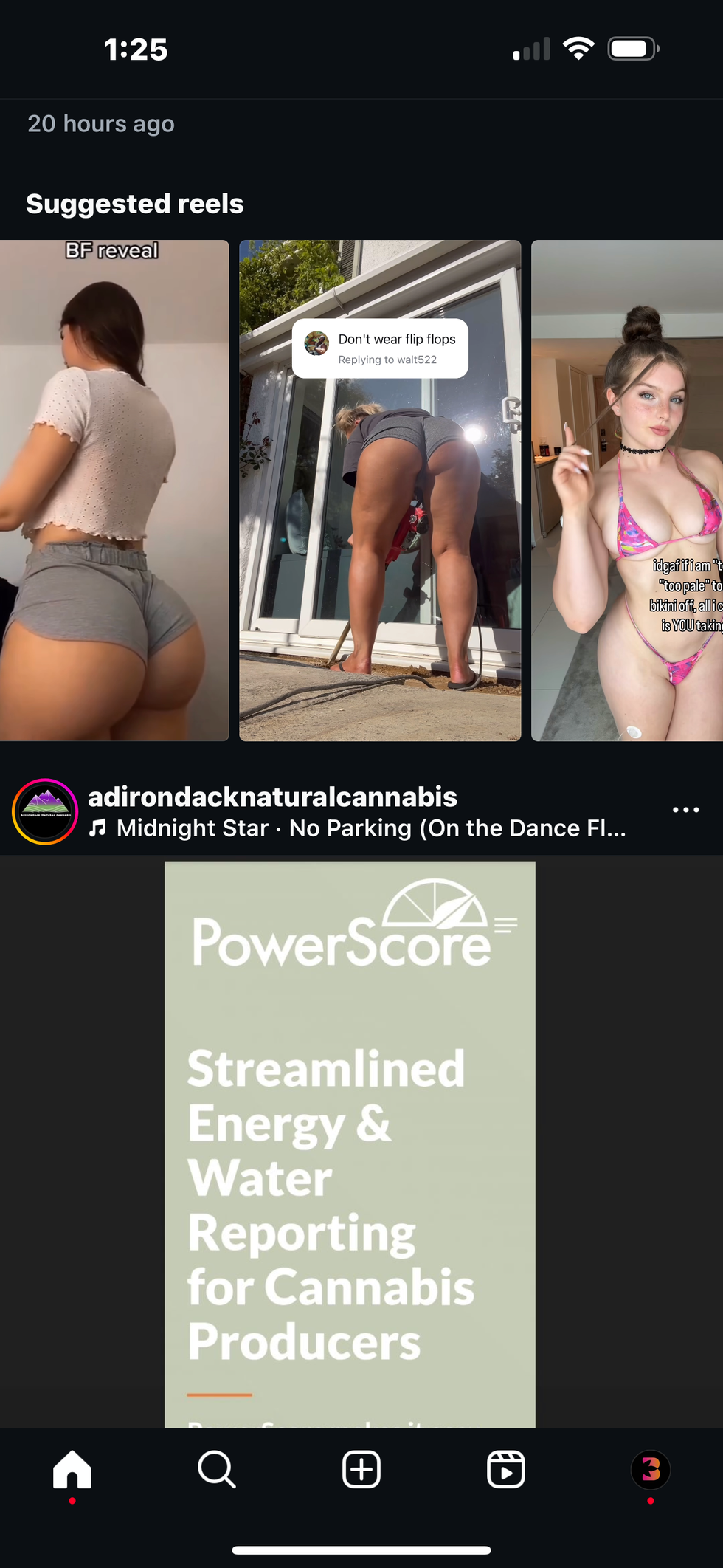
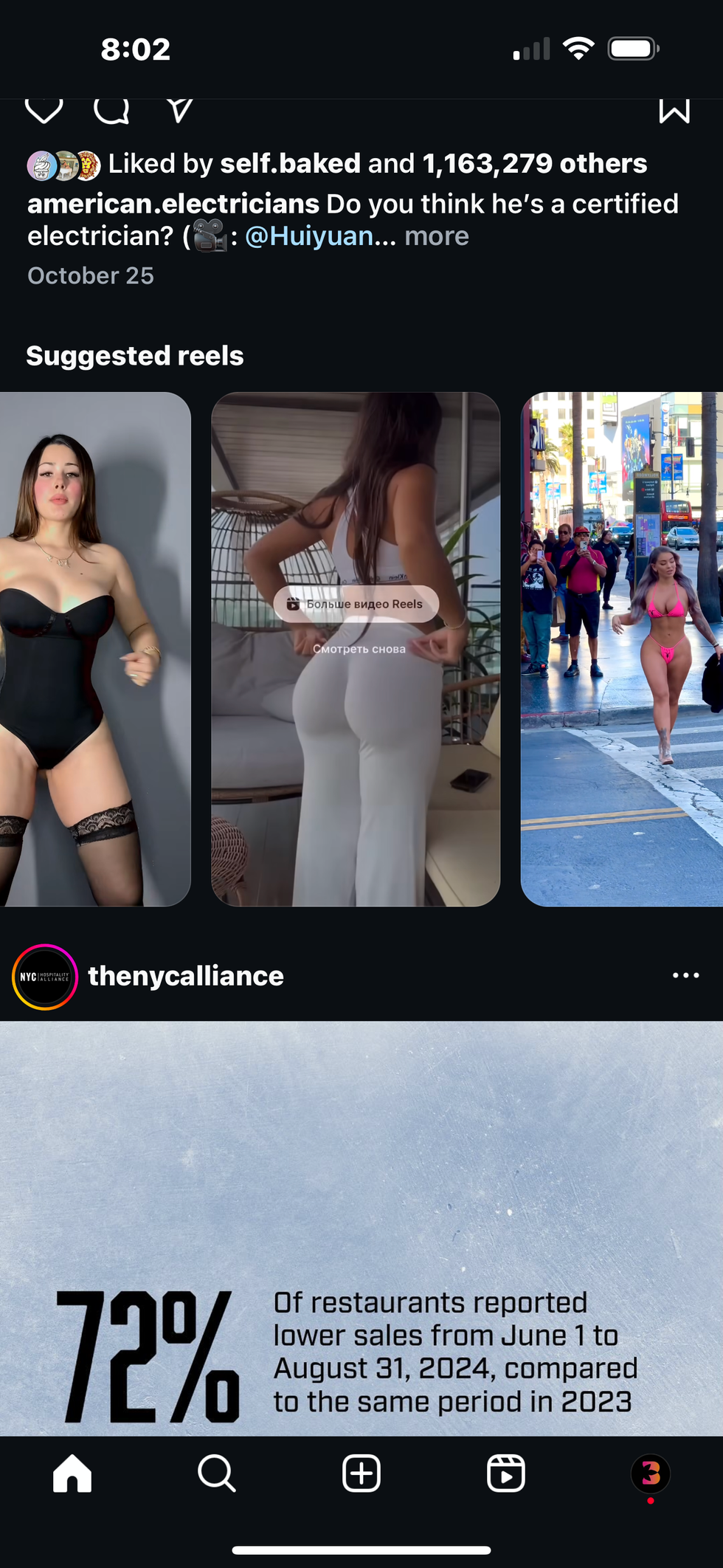
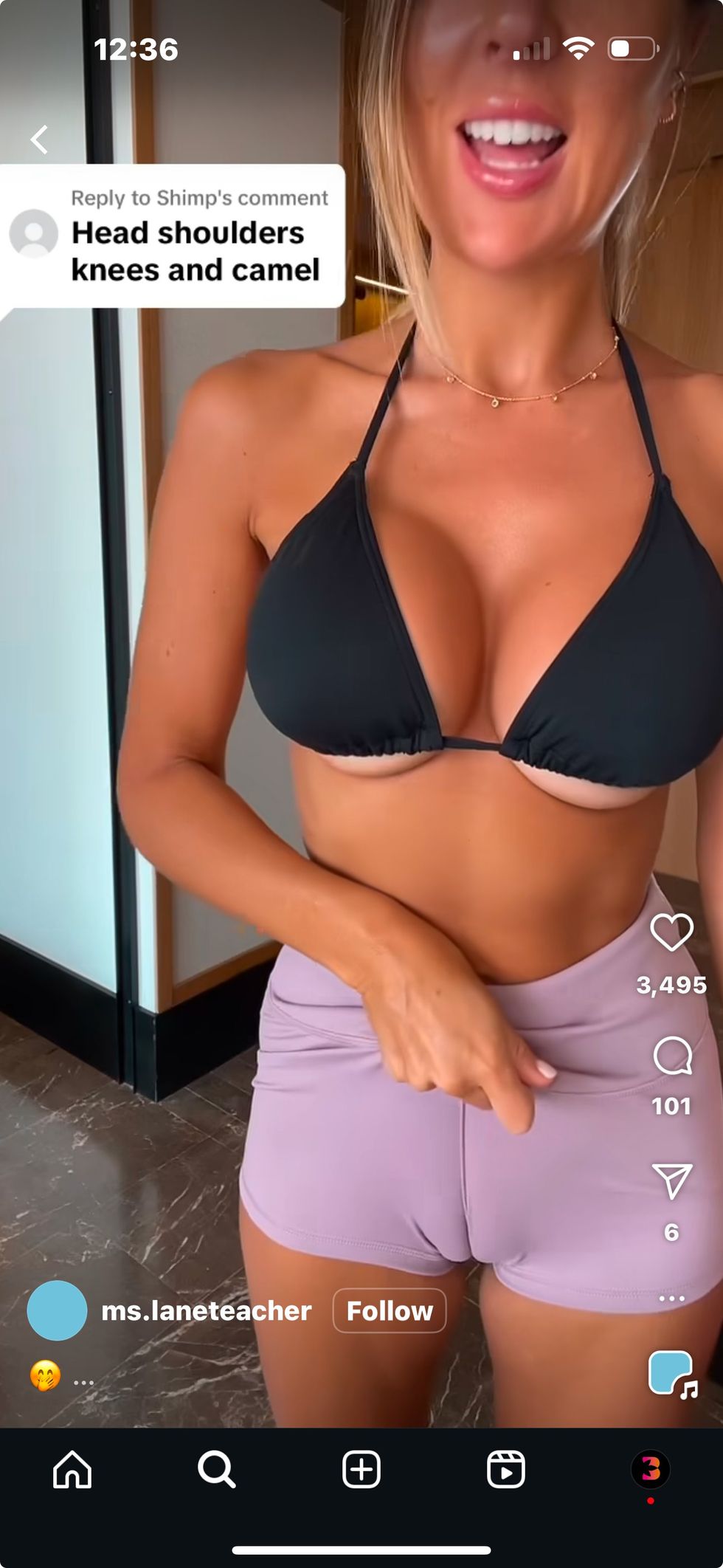
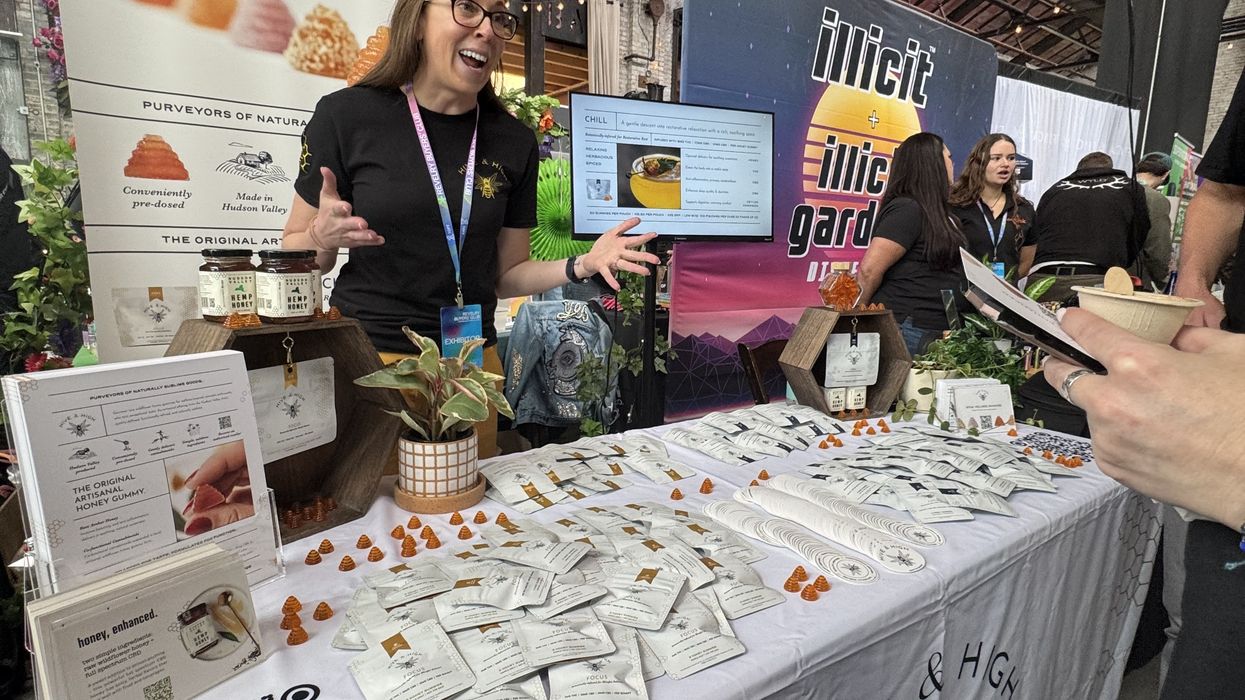
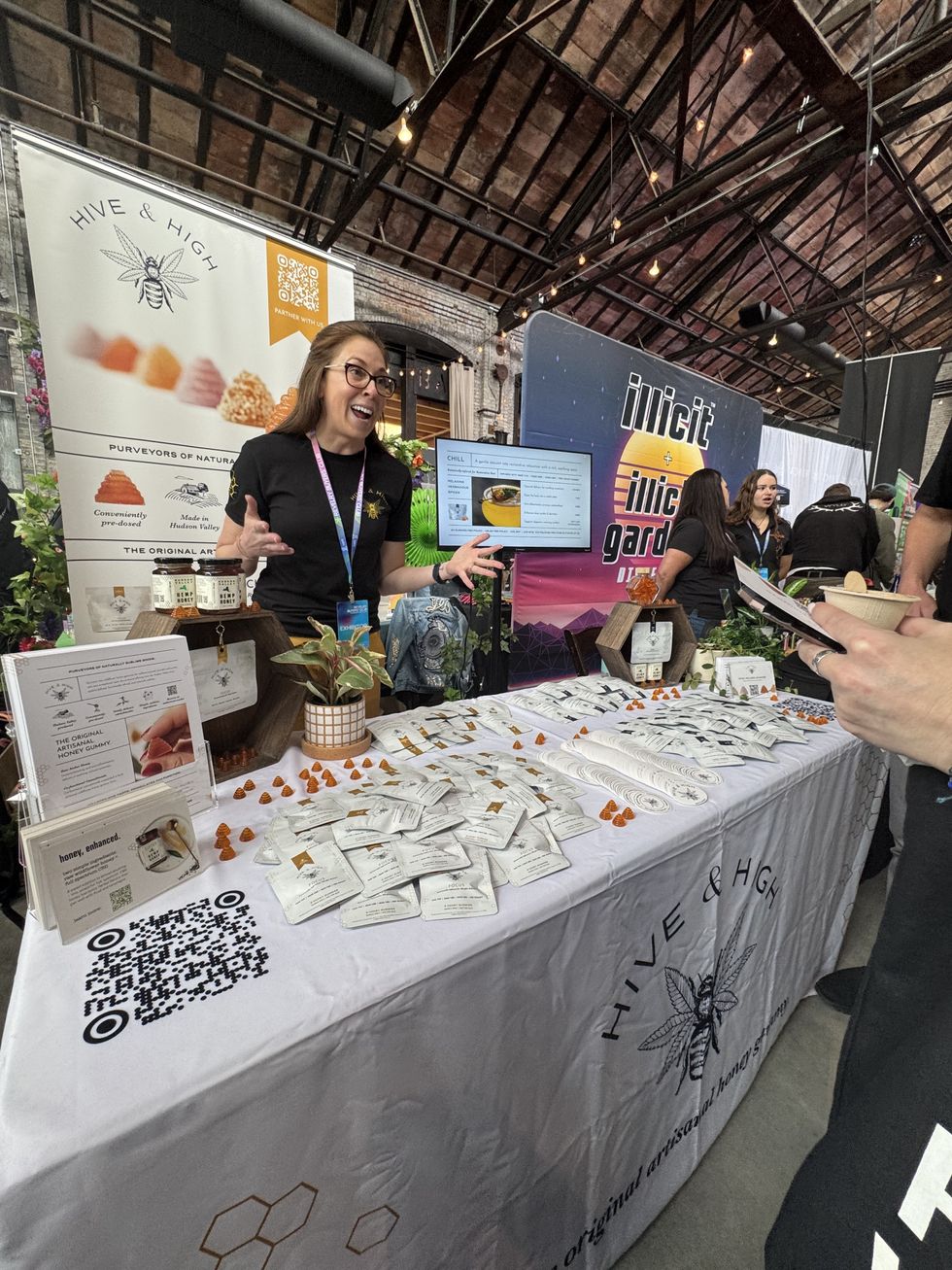
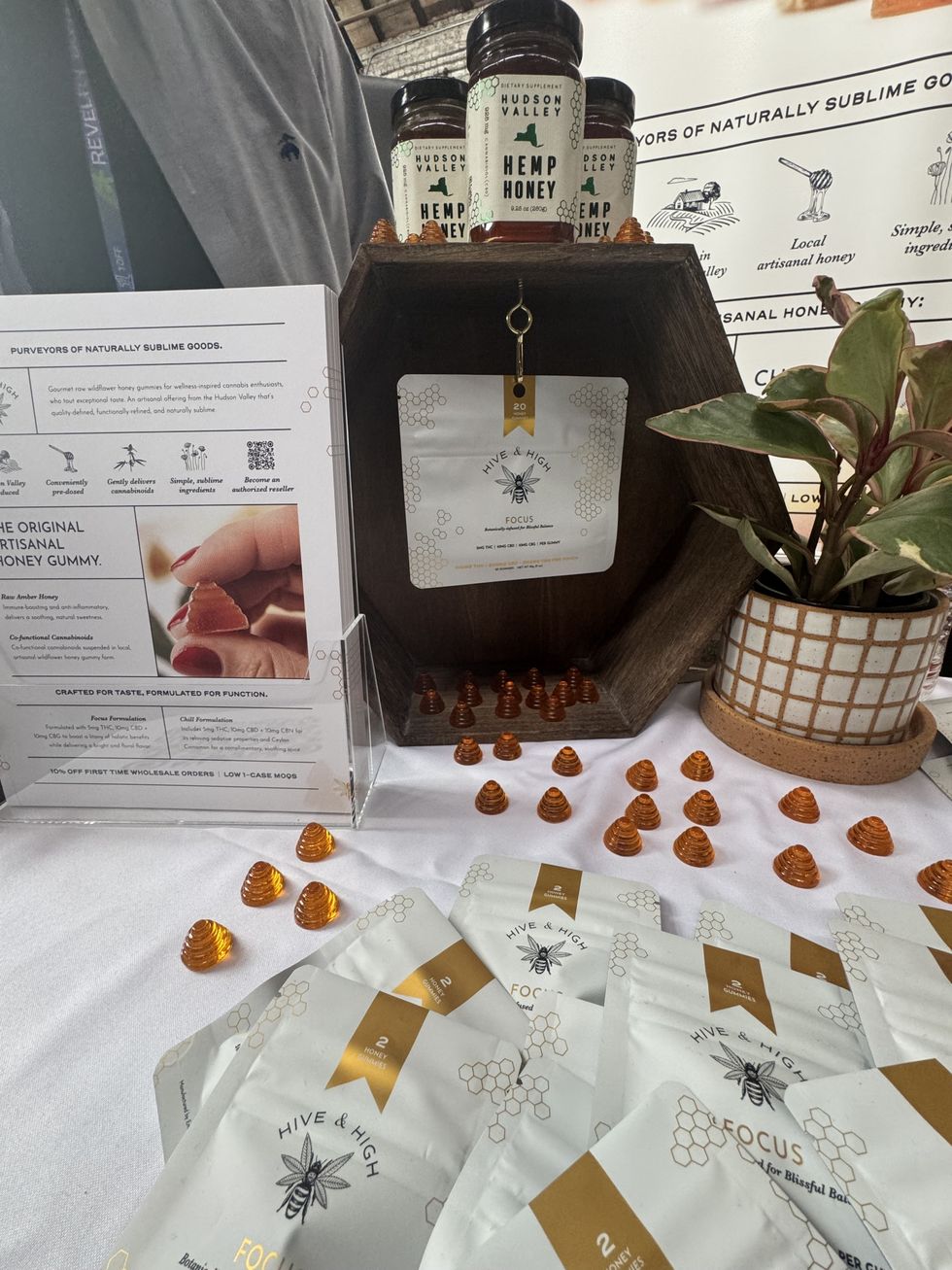
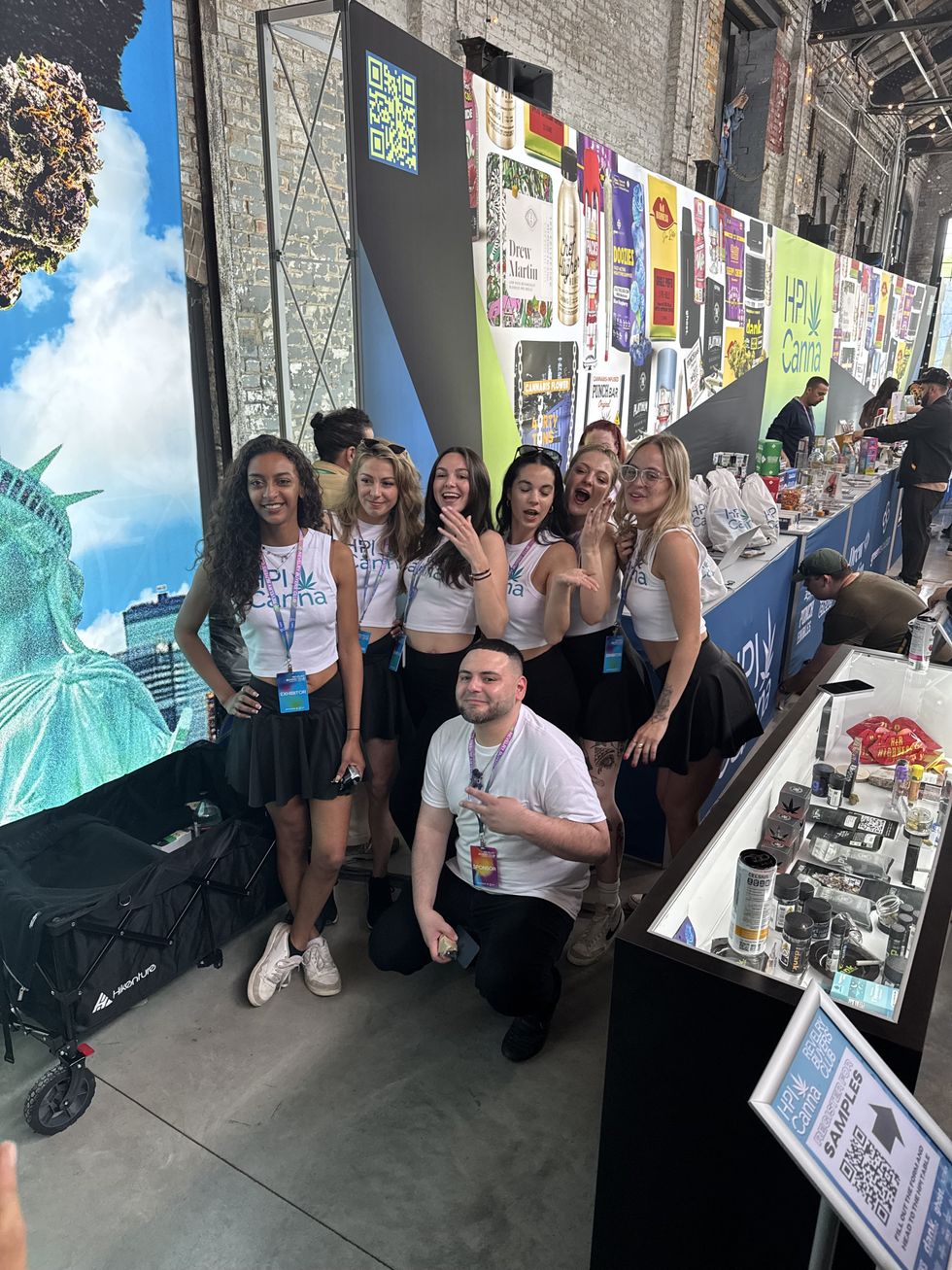
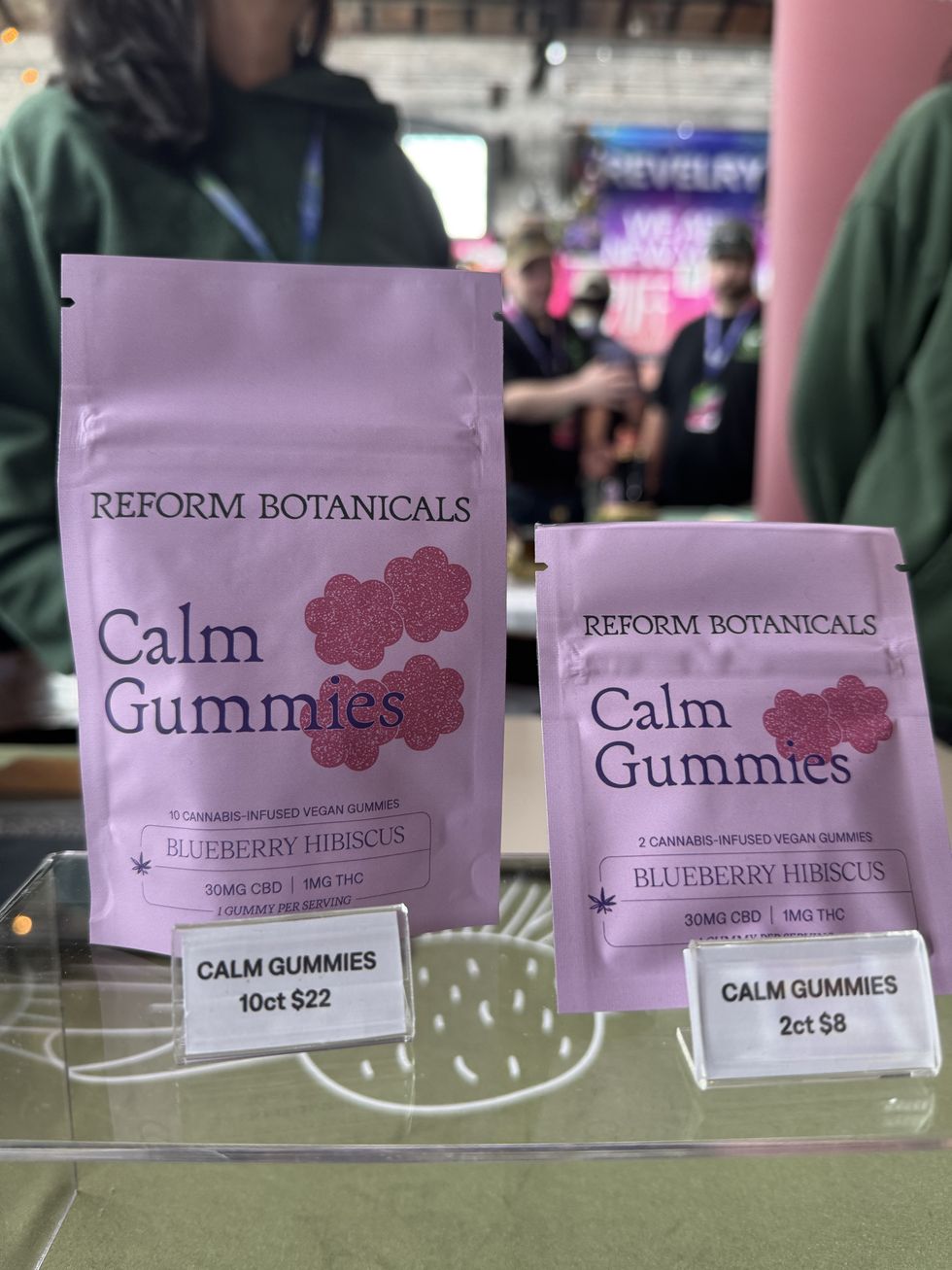
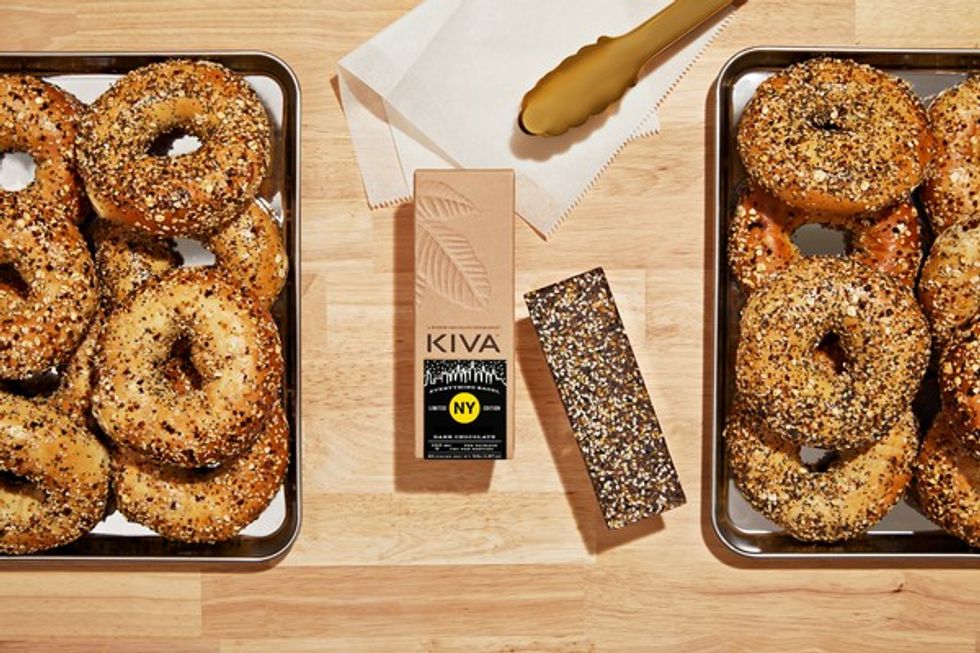
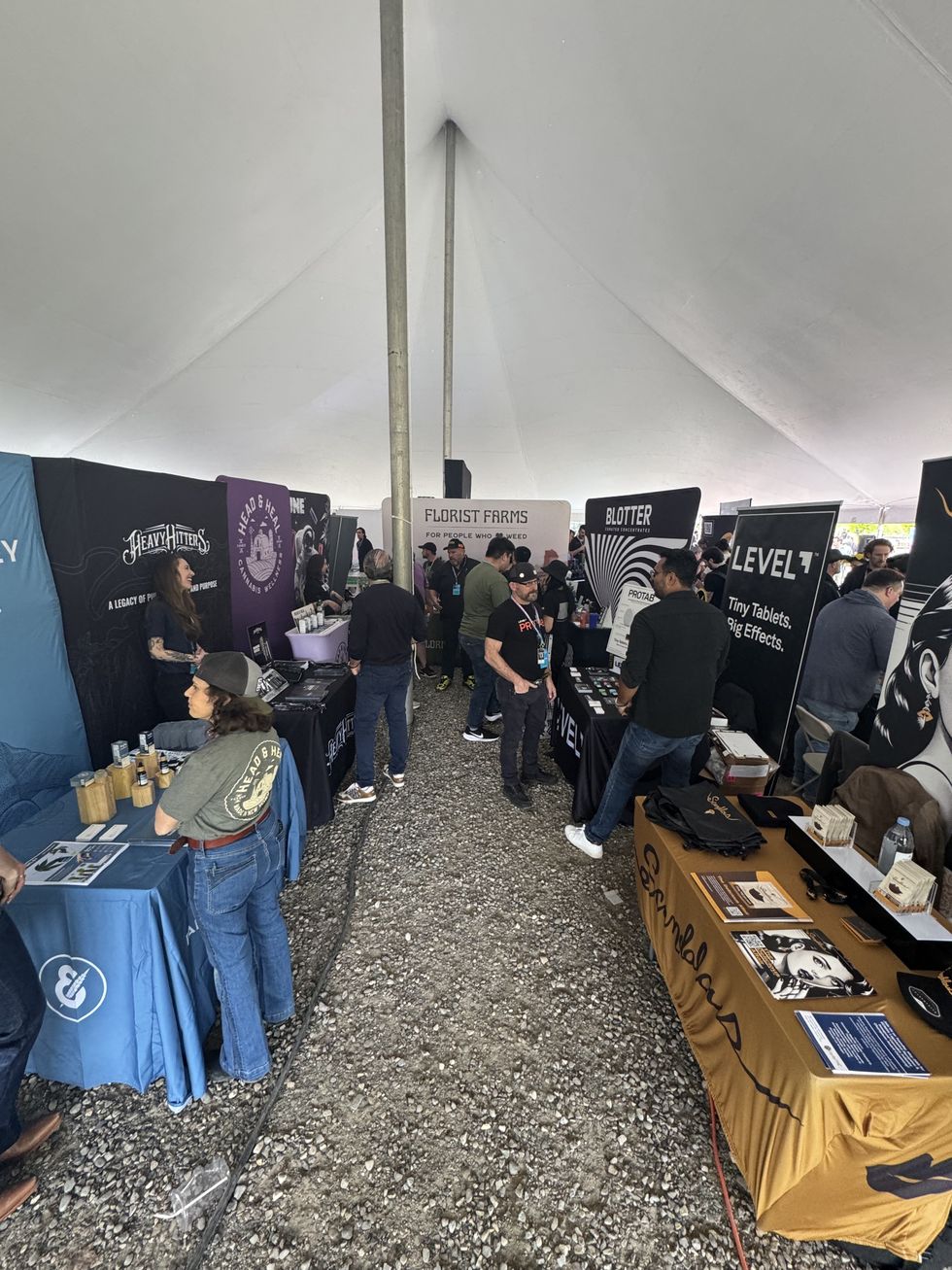
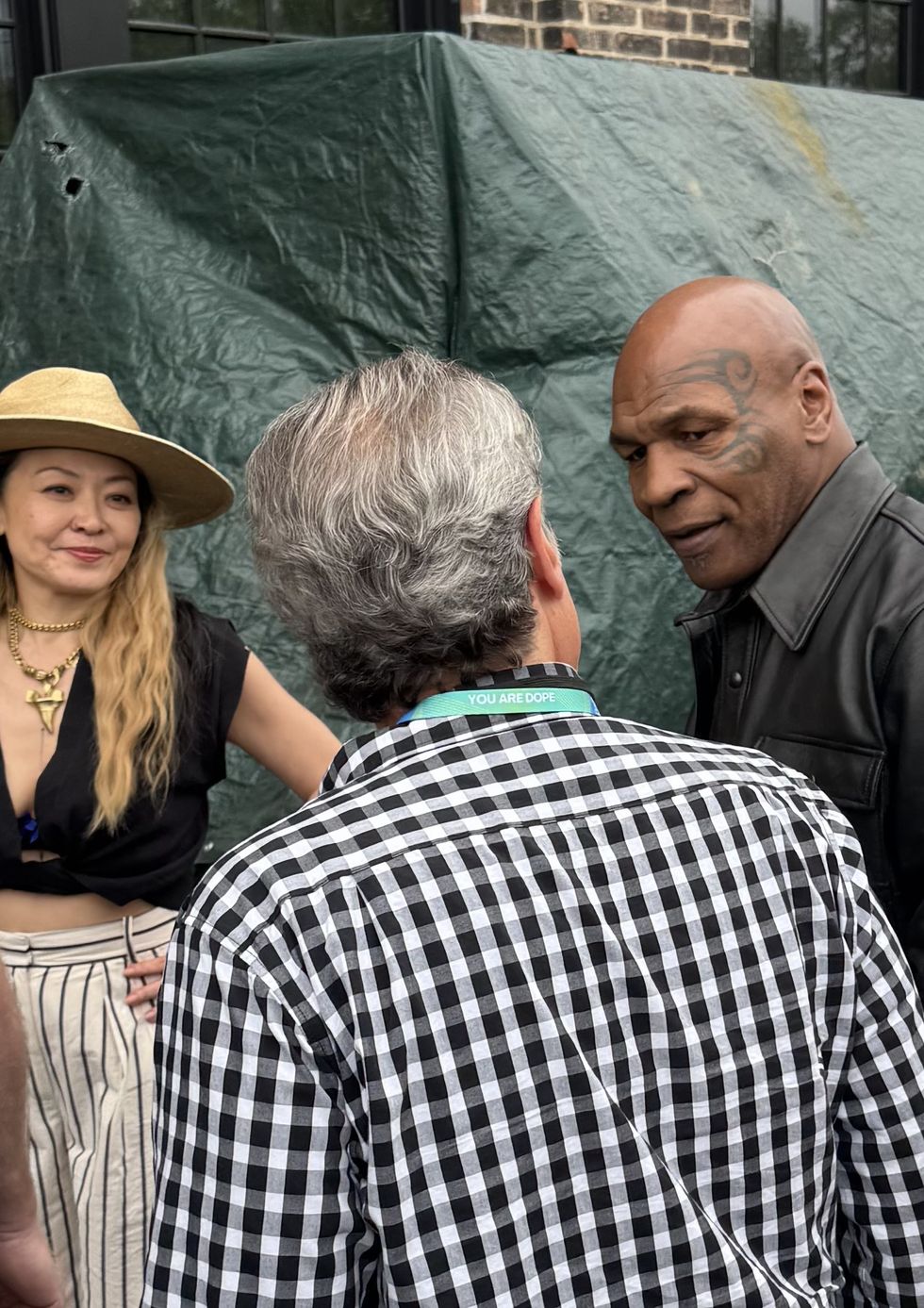
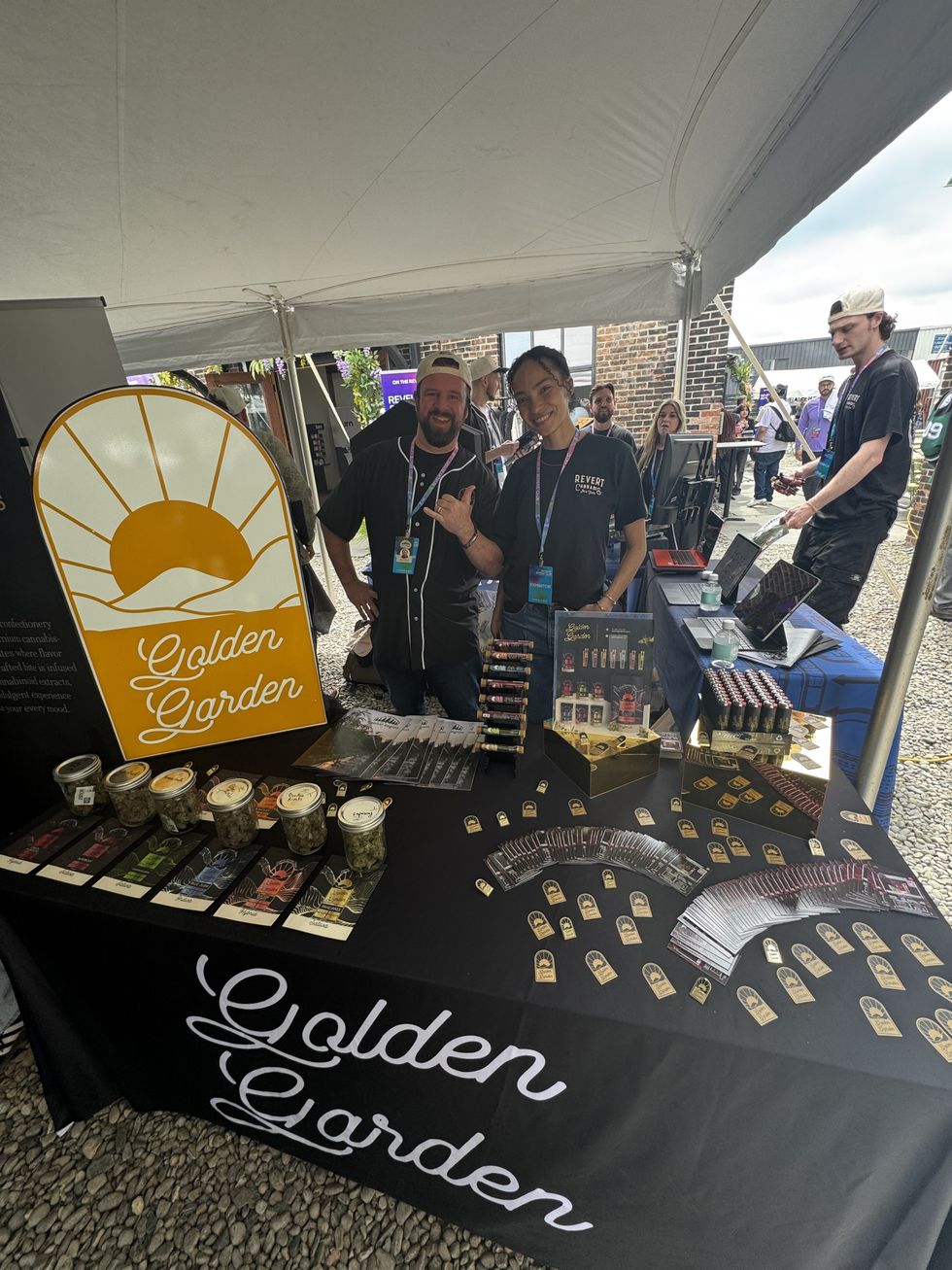


 The Travel Agency Lands in SoHo - The Bluntness
The Travel Agency Lands in SoHo - The Bluntness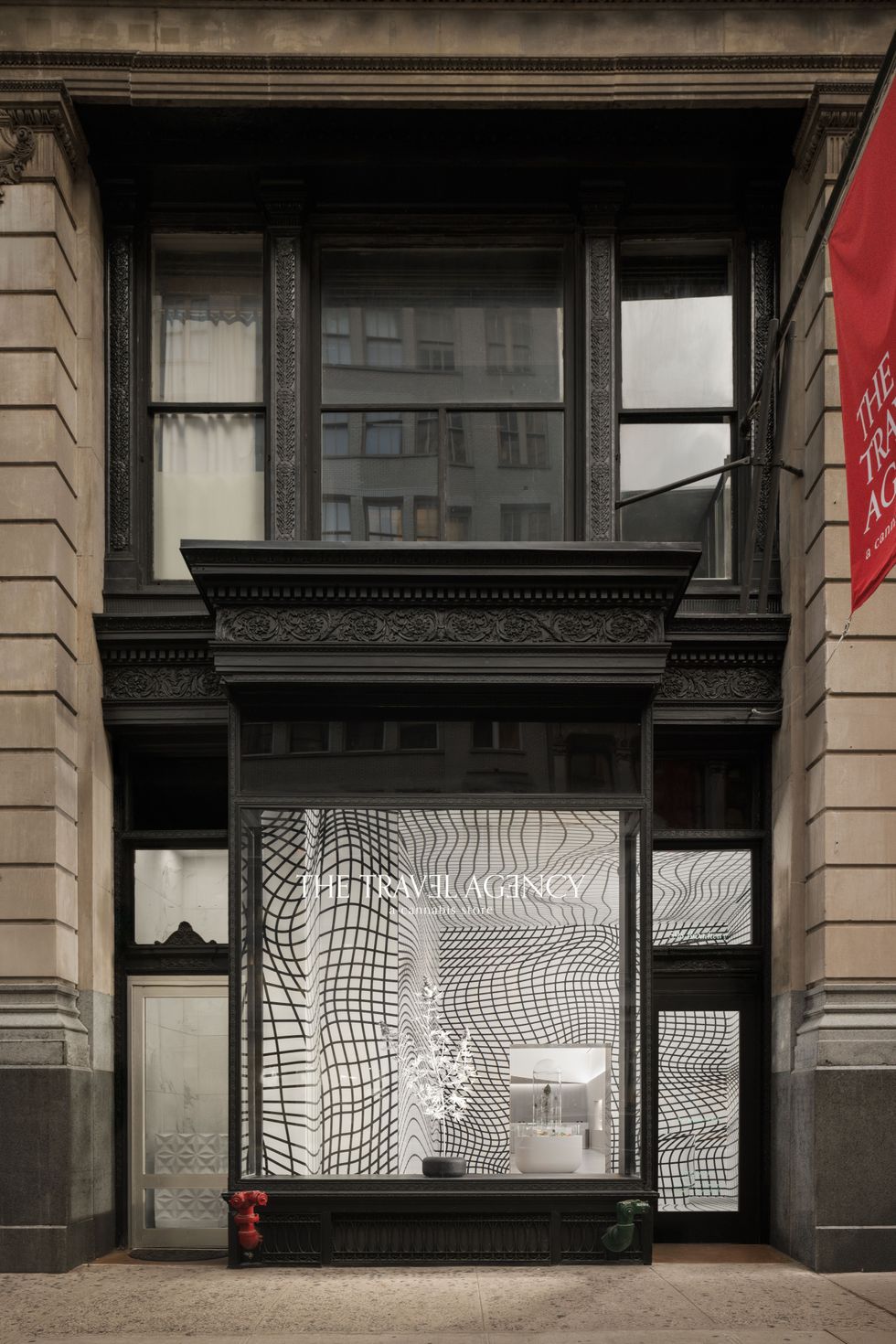 The Travel Agency Lands in SoHo - The Bluntness
The Travel Agency Lands in SoHo - The Bluntness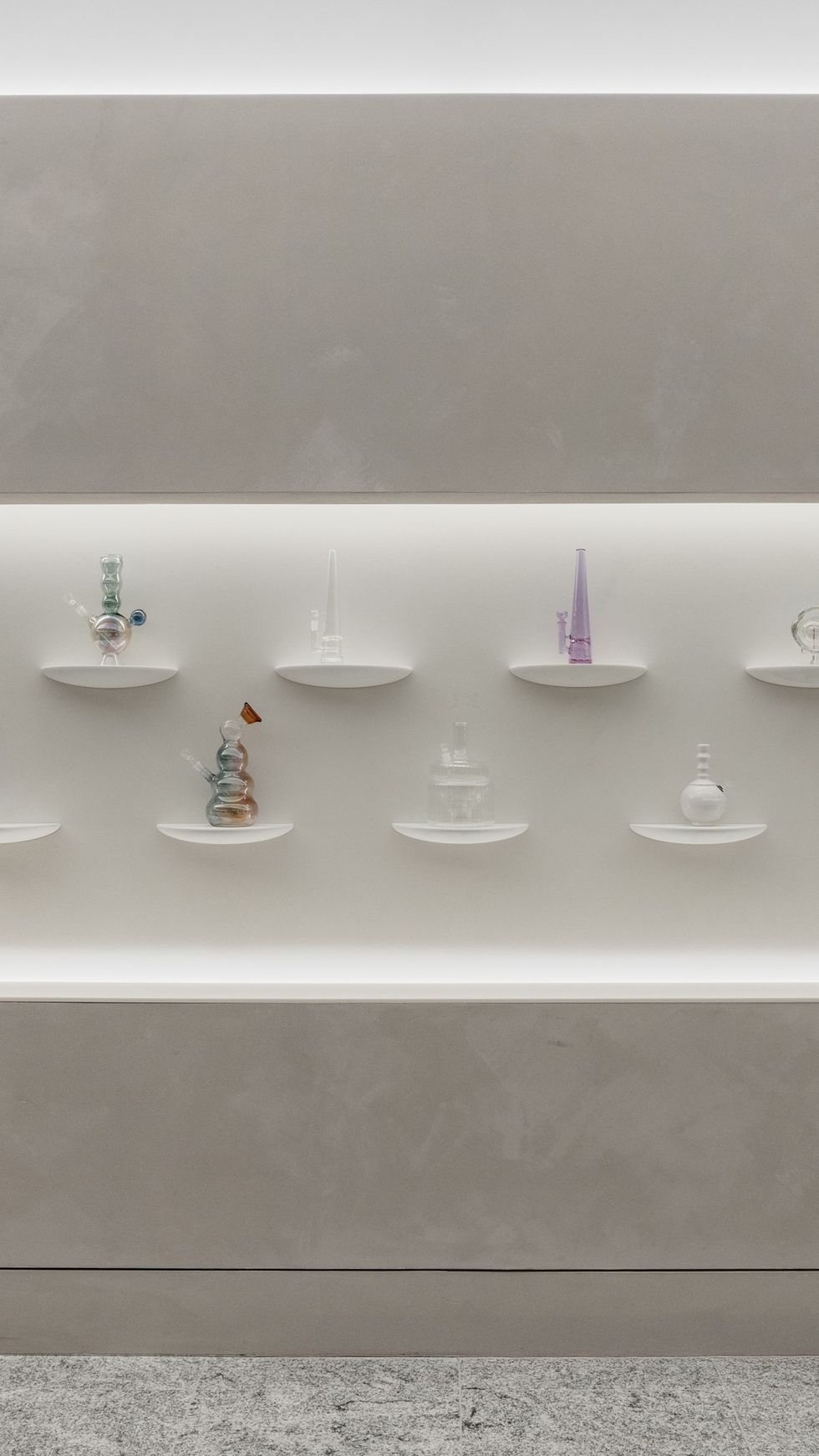 The Travel Agency Lands in SoHo - The Bluntness
The Travel Agency Lands in SoHo - The Bluntness The Travel Agency Lands in SoHo - The Bluntness
The Travel Agency Lands in SoHo - The Bluntness
 When it comes to pricing, cultivation methods matter - The Bluntness
Photo by
When it comes to pricing, cultivation methods matter - The Bluntness
Photo by 










